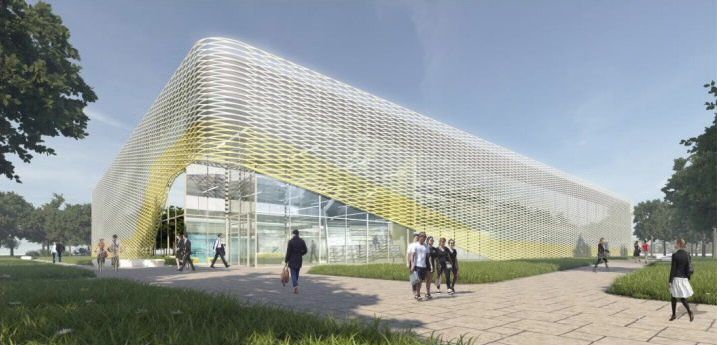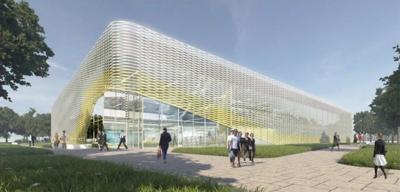If you asked most area residents about manufacturing, theyŌĆÖd say it belongs more to ├█č┐┤½├ĮŌĆÖ past than its future. Civic leaders, though, believe high-tech factories can power the regionŌĆÖs growth in coming decades.
The STL 2030 Jobs Plan, released last month by business and civic group Greater ├█č┐┤½├Į Inc., identifies advanced manufacturing as one of five industries that are key to the regionŌĆÖs future prosperity.
It might seem like an odd choice. Manufacturing employment here has fallen by 42% in the past 30 years as Chrysler, Ford and other big factories have closed.
Planners, however, figure manufacturingŌĆÖs future wonŌĆÖt look like its past. They want to give remaining big employers, such as Boeing and General Motors, a reason to stay in ├█č┐┤½├Į and also help hundreds of small factories, making everything from packaging to airplane parts, find ways to grow.
People are also reading…
A key to that strategy is something called an advanced manufacturing innovation center, which would be patterned after a 20-year-old facility in . There, Boeing and other firms collaborate with academic researchers on new technologies, improved production processes and worker training.
Local officials see ├█č┐┤½├ĮŌĆÖ near north side, near Ranken Technical College and the Cortex technology district, as a likely location for the innovation center. A planning document published last year envisions an initial 80,000-square-foot building that could eventually be part of a 100-acre campus.
Building the center will require some combination of federal, local and philanthropic dollars, and thereŌĆÖs no public price tag yet. Bruce Katz, author of the STL 2030 plan, is optimistic that President-elect Joe BidenŌĆÖs infrastucture plan will include money for such projects.
He thinks the region can make a strong case for funding. ŌĆ£├█č┐┤½├Į has more assets than I think is generally understood,ŌĆØ Katz said. ŌĆ£This could be a powerful decade for ├█č┐┤½├Į, but it requires an across-the-board pulling together of puzzle pieces, physically pulling them together, which is why these centers and innovation hubs are so important.ŌĆØ
Area officials have been developing the idea since 2015, when the ├█č┐┤½├Į Economic Development Partnership got an economic resiliency grant from the Defense Department.
ŌĆ£Advanced manufacturing was really strong in the region due to decades of automotive and aerospace work, and we knew that strength held potential,ŌĆØ said John Hixson, the partnershipŌĆÖs vice president for defense initiatives.
A group chaired by retired Boeing Chief Executive Dennis Muilenburg created a nonprofit corporation last year to pursue the proposed innovation center. ŌĆ£We hope that during this calendar year we are able to secure enough funding commitments so we can secure some property and begin the process,ŌĆØ Hixson said.
The center would be a place where researchers from area universities would work on both broad initiatives, such as applying artificial intelligence to manufacturing, and company-specific projects.
Ranken Tech, meanwhile, would train the workers for those factories of the future. Ranken CEO Stan Shoun says a high-tech center could help prospective students understand that manufacturing is no longer a Rust Belt industry.
ŌĆ£People have misconceptions about what manufacturing is,ŌĆØ Shoun said. ŌĆ£Advanced manufacturing is very prevalent here, and almost every company I talk to says they want to grow but they cannot find a stable, skilled workforce.ŌĆØ
Katz, SheffieldŌĆÖs innovation center, calls it ŌĆ£a place where magic happens when researchers from different disciplines come together.ŌĆØ
HeŌĆÖs been eager to see a U.S. city replicate the Sheffield model and produce similar magic. ├█č┐┤½├Į, he says, looks like as good a candidate as any.










